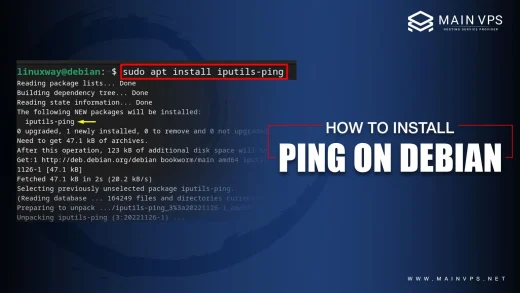
What is Pixi and Why Should You Care?
If you’ve ever struggled with Python environments, fought with conda dependencies, or just wanted a more elegant way to manage development environments—Pixi is here to help.
Pixi is a modern package and environment manager that builds on the best of the conda ecosystem but adds features like automatic lockfiles, faster dependency resolution, and a smoother experience for both developers and data scientists.
Whether you’re managing a Python project, a multi-language data workflow, or just want a cleaner way to handle packages, installing Pixi on Debian 12 gives you a powerful tool—without the bloat.
Why Pixi Works Great on Debian 12
Debian 12 (“Bookworm”) is stable, efficient, and beloved by developers for being predictable. That’s the perfect foundation for Pixi, which aims to make environment reproducibility just as reliable. Here’s why you’d want Pixi on Debian:
- Works across languages (Python, R, Rust, etc.)
- Uses declarative environment files (
pixi.toml) - Comes with built-in dependency locking
- Speeds up environment creation and management
What You’ll Need Before Installing
- A machine running Debian 12
- A terminal (obviously)
- Basic familiarity with Bash or Zsh
- An internet connection (Pixi will fetch packages and binaries)
Let’s dive in.
How to Install Pixi on Debian 12 – Step-by-Step
Step 1: Update Your System
Always start fresh by making sure your packages are up-to-date:
bash
sudo apt update && sudo apt upgrade -y
This ensures you’re not dealing with outdated libraries that might break things later.
Step 2: Install Curl (If You Haven’t Already)
You’ll need curl to grab the Pixi install script:
bash
sudo apt install curl -y
Step 3: Run the Pixi Install Script
Now, fetch and install Pixi in one line:
bash
curl -fsSL https://pixi.sh/install.sh | bash
This script does a few things:
- Downloads the latest Pixi binary
- Installs it to your home directory (usually
~/.pixi/bin) - Adds Pixi to your system path
Step 4: Refresh Your Terminal
To activate Pixi in your current shell session:
- For Bash:
bash
source ~/.bashrc
- For Zsh: bashCopyEdit
source ~/.zshrc
Or just close and reopen your terminal.
Step 5: Confirm It’s Working
Run this command:
bash
pixi --version
If Pixi is installed correctly, you’ll see the version number.
That’s it—you’ve got Pixi on Debian 12!
How to Use Pixi (Just Enough to Get Started)
Create a New Project
bash
pixi init my-cool-project
cd my-cool-project
Pixi creates a pixi.toml file that defines your project’s environment.
Add Some Packages
Let’s say you want Python with NumPy and Pandas:
bash
pixi add python numpy pandas
Pixi resolves everything and updates your environment lockfile.
Run in the Pixi Environment
Want to enter your virtual workspace?
bash
pixi run bash
Now you’re in a shell with your dependencies isolated. Exit when you’re done.
Advanced Pixi Tricks
Enable Shell Autocompletion
Make your life easier with tab completion:
- For Bash:
bash
echo 'eval "$(pixi completion --shell bash)"' >> ~/.bashrc
- For Zsh:
bash
echo 'eval "$(pixi completion --shell zsh)"' >> ~/.zshrc
Then restart your shell.
Update Pixi Itself
Keep Pixi fresh:
bash
pixi self-update
Why Developers Love Pixi
Pixi is quickly gaining traction because:
- It avoids “dependency hell” by locking versions
- It doesn’t require bulky installs like Anaconda
- You can share environments just by sharing the pixi.toml
- It just works across Linux, macOS, and Windows
Common Questions About Pixi on Debian
Q1: Is Pixi better than Conda?
Pixi is a newer tool that builds on the ideas of conda but solves many of its pain points, especially around reproducibility and speed. If you like conda’s power but hate its quirks, Pixi might be what you’re looking for.
Q2: Can I uninstall Pixi later?
Yes. Just remove the ~/.pixi directory and delete any related lines in your .bashrc or .zshrc.
Q3: Does Pixi support other languages like Rust or R?
Yes! Pixi can handle environments that include multiple languages. It’s not just for Python.
Q4: Is Pixi safe to install on production systems?
Pixi is designed for development environments. It’s stable, but for production servers, stick with tools purpose-built for deployment.
Q5: Where does Pixi install packages?
Packages are stored in a cache directory under your home folder. It doesn’t mess with your system Python or global binaries.
Final Thoughts
Pixi is still relatively new but it’s a huge step forward for developers who want reliable, reproducible, multi-language environments without the clutter.
If you’re running Debian 12 and want a modern, no-hassle package manager that plays well with Python, Rust, and more—Pixi is a no-brainer.





